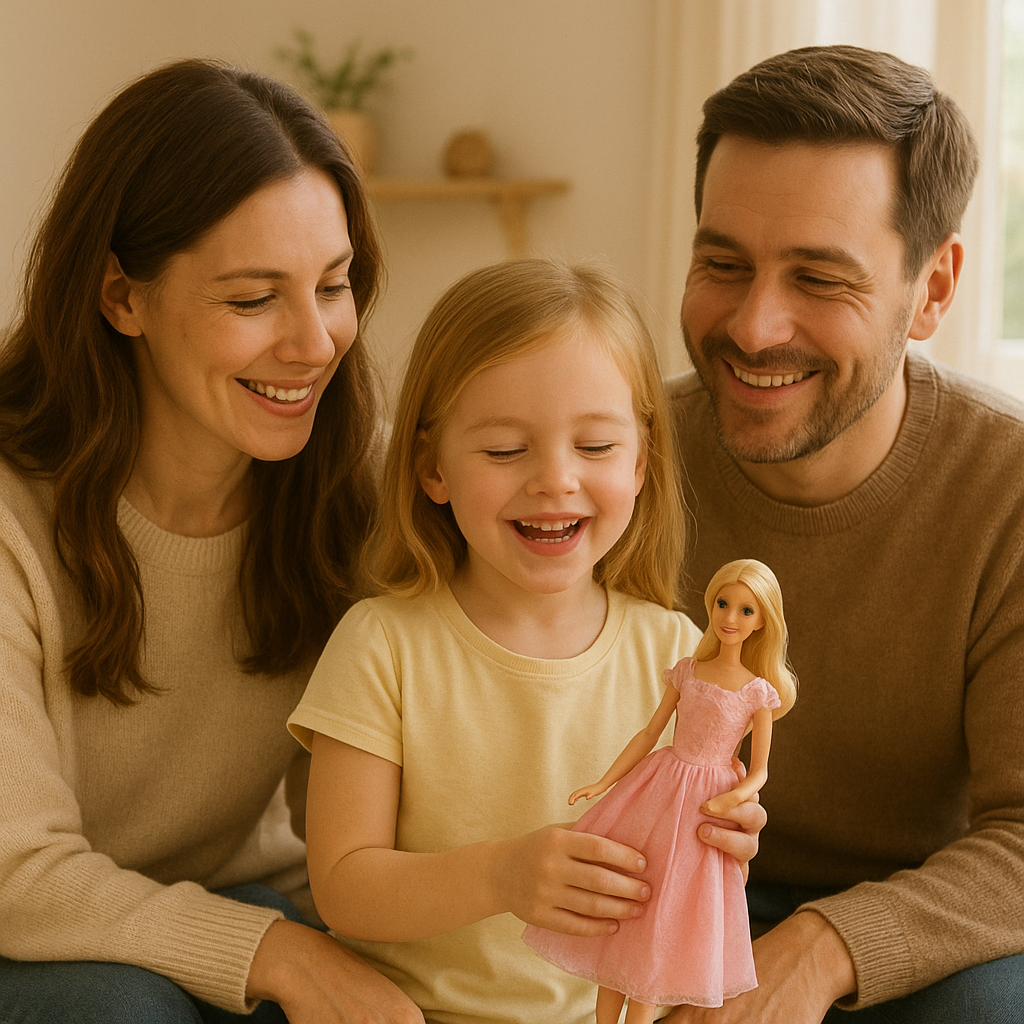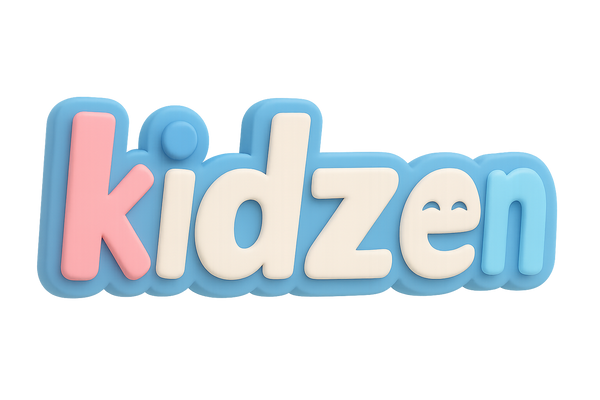
Why Buying Toys Your Child Truly Wants Is a Smart Parenting Choice
Share
As parents, we often balance between what we think is “good” for our children and what they actually ask for—especially when it comes to toys. While educational value and durability are valid concerns, research shows that allowing children to choose or receive toys they genuinely desire can yield long-term emotional and developmental benefits.
Let’s explore why fulfilling your child’s toy wishes can be one of the most loving and psychologically wise choices you make.
🎁 1. Emotional Fulfillment & Expression
When a child receives a toy they've specifically asked for, it reinforces the feeling that their voice matters. This contributes to a sense of emotional security and healthy self-worth.
According to a study published in Child Development (Maccoby & Martin, 1983), children who feel heard and validated by their caregivers are more likely to develop confidence and autonomy. Giving a child the toy they hoped for is one small yet powerful way of saying, “I see you, I value your interests.”
🧠 2. Deeper Engagement and Learning
Children naturally engage longer and more meaningfully with toys they’re excited about. Whether it's a pretend kitchen, a magnetic building set, or a talking parrot, their curiosity and creativity flourish when play is intrinsically motivated.
A 2016 study in the International Journal of Early Childhood Education highlighted that child-led play using preferred toys led to significantly more complex language use, problem-solving, and social interaction compared to adult-directed toy play.
👪 3. Strengthening Parent-Child Bonds
When parents honor their child's wishes, it fosters trust. Seeing the joy on their child’s face creates an emotional loop of connection and shared happiness. These shared joyful moments create lasting memories and strengthen family bonds.
Researchers at Harvard’s Center on the Developing Child emphasize that responsive parenting—acknowledging and acting on a child’s emotional cues—has a strong correlation with long-term emotional resilience and cognitive outcomes.
🎯 Final Thought
It’s not just about the toy. It’s about honoring your child’s individuality, giving them space to explore what brings them joy, and building trust and emotional literacy. So next time your child circles a toy in the catalog or can’t stop talking about that robot dinosaur—consider it more than a wishlist. Consider it a small step in helping them become more secure, expressive, and happy humans.
